Data Governance ensures accurate and consistent data management across an organization. It establishes clear policies and standards for data management, helping companies maximize their data's value.
Solutions in Data Governance offer structures and processes that streamline data management, ensuring compliance with regulations and enhancing data quality. Businesses benefit from improved decision-making capabilities and operational efficiencies. Feedback highlights the adaptability of these solutions to different organizational sizes and needs, emphasizing their importance in creating reliable data frameworks that support strategic objectives.
What are the key features of Data Governance solutions?In industries like finance, healthcare, and manufacturing, solutions are implemented to manage sensitive information, ensuring compliance and enhancing data-driven decision-making. They are integrated into existing IT infrastructures, providing scalability and flexibility required by industry-specific regulations.
Data Governance provides organizations with the framework needed to maintain control over their data, ensuring it is used effectively and responsibly to drive business results.
| Product | Market Share (%) |
|---|---|
| Microsoft Purview Data Governance | 19.8% |
| Varonis Platform | 10.4% |
| Collibra Governance | 7.1% |
| Other | 62.699999999999996% |






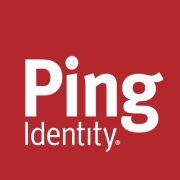





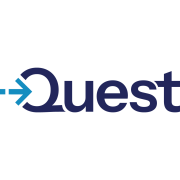





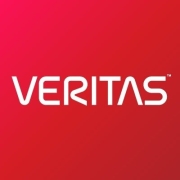


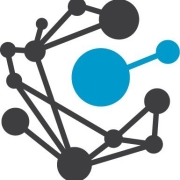








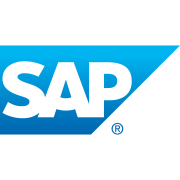





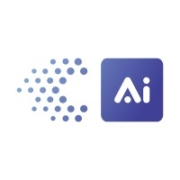
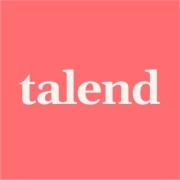


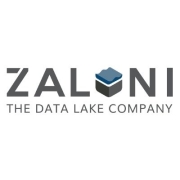
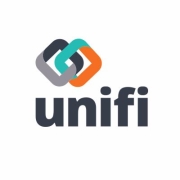

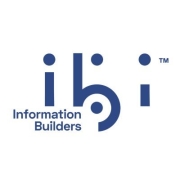
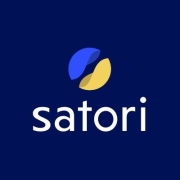

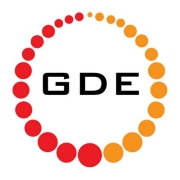









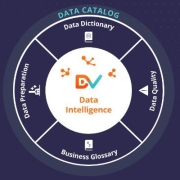



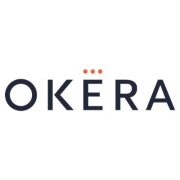









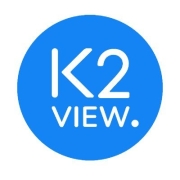


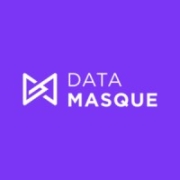





Data Governance ensures data accuracy, consistency, and security across organizational systems. It enhances decision-making by providing reliable data frameworks and compliance with regulatory standards. By defining roles and responsibilities for data management, Data Governance reduces data silos, increasing operational efficiency. It facilitates risk management by safeguarding sensitive data and minimizing data breaches. Enhanced data quality through standardized processes results in improved analytics and business insights. Data Governance supports integration of data across disparate systems, ensuring seamless information flow. Adopting strong Data Governance practices enables organizations to harness data as a strategic asset, gaining competitive advantages in their respective industries.
Data Governance can significantly enhance data quality by establishing a set of procedures and a clear framework for managing data assets. With defined standards, roles, and responsibilities, you can ensure data accuracy, consistency, and reliability. It involves monitoring and auditing data processes to identify discrepancies and implement corrective actions promptly.
What are the key components of a Data Governance strategy?A successful Data Governance strategy encompasses policies, procedures, roles, and responsibilities. It includes the creation of data management frameworks, compliance with legal and regulatory requirements, and the establishment of accountability measures. Communication and education initiatives ensure that all stakeholders understand their roles in maintaining the integrity and security of data assets.
Why is stakeholder engagement crucial in Data Governance?Stakeholder engagement is vital in Data Governance as it ensures collaboration and alignment across various departments. Engaging stakeholders helps in gaining insights into data needs, overcoming resistance to change, and fostering a culture of data stewardship. When stakeholders are involved, they become advocates for maintaining and enhancing the quality and security of data.
How does Data Governance integrate with data privacy regulations?Data Governance aligns with data privacy regulations by implementing policies and processes that protect sensitive information. It ensures that data collection, storage, and sharing comply with guidelines like GDPR or CCPA. By instituting rigorous access controls and audit mechanisms, you can minimize the risk of data breaches and maintain customer trust.
What tools are essential for effective Data Governance?Tools play a crucial role in effective Data Governance by streamlining and automating processes. Essential tools include data cataloging software to document metadata, lineage tracking systems to manage data flow, and data quality assessment tools to identify and rectify errors. These tools enable a holistic approach to data management, facilitating compliance and efficient data utilization.